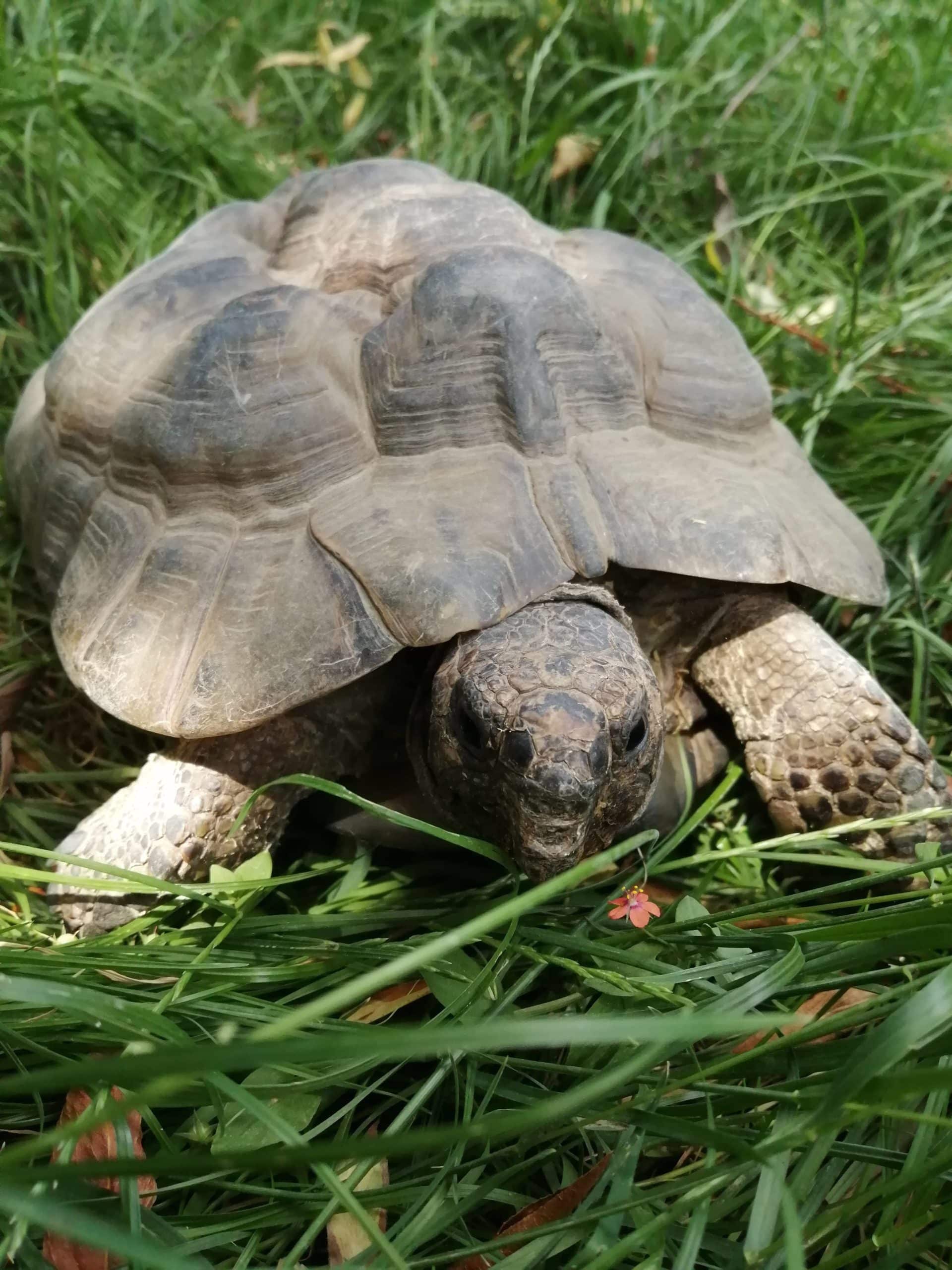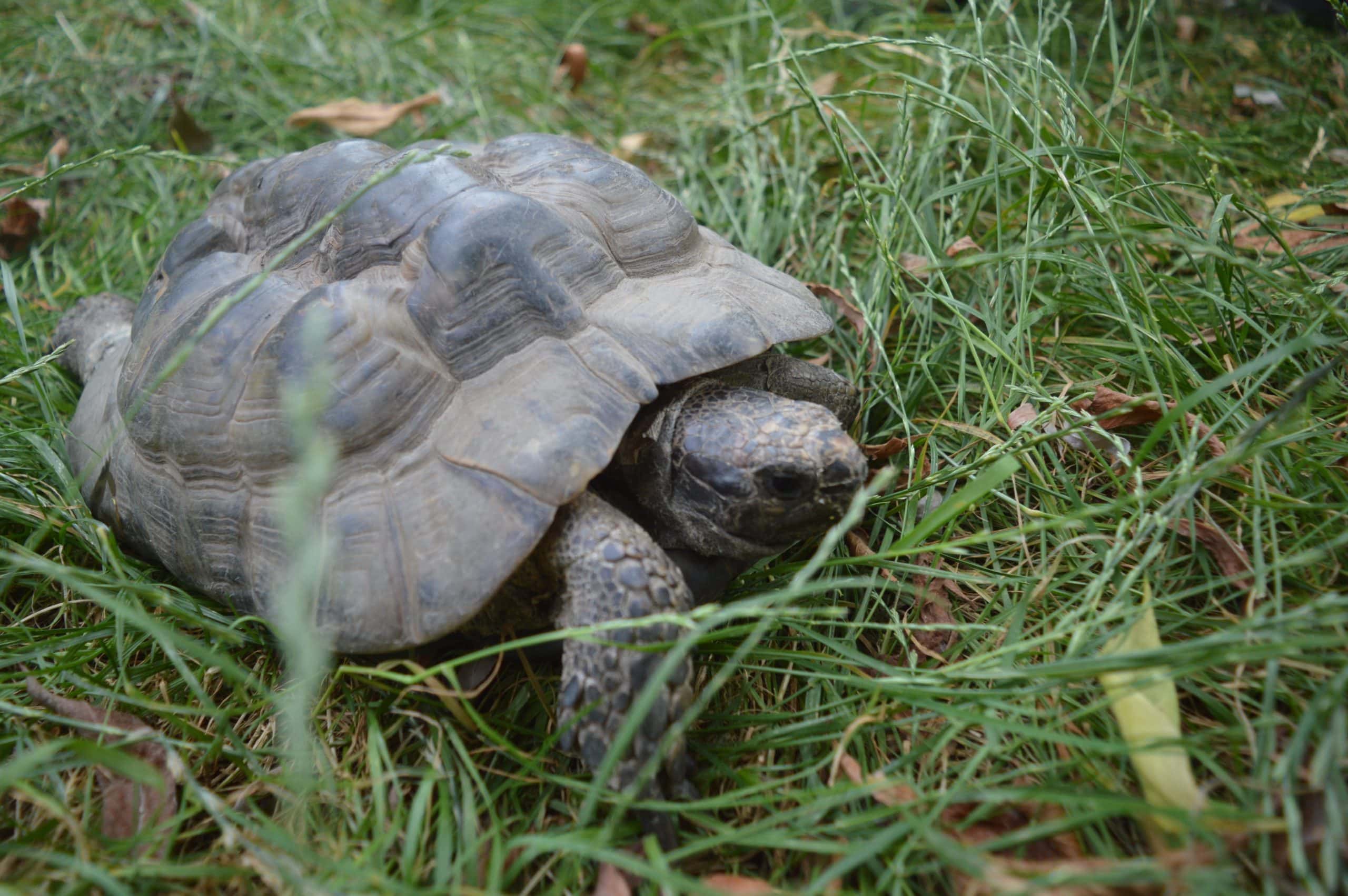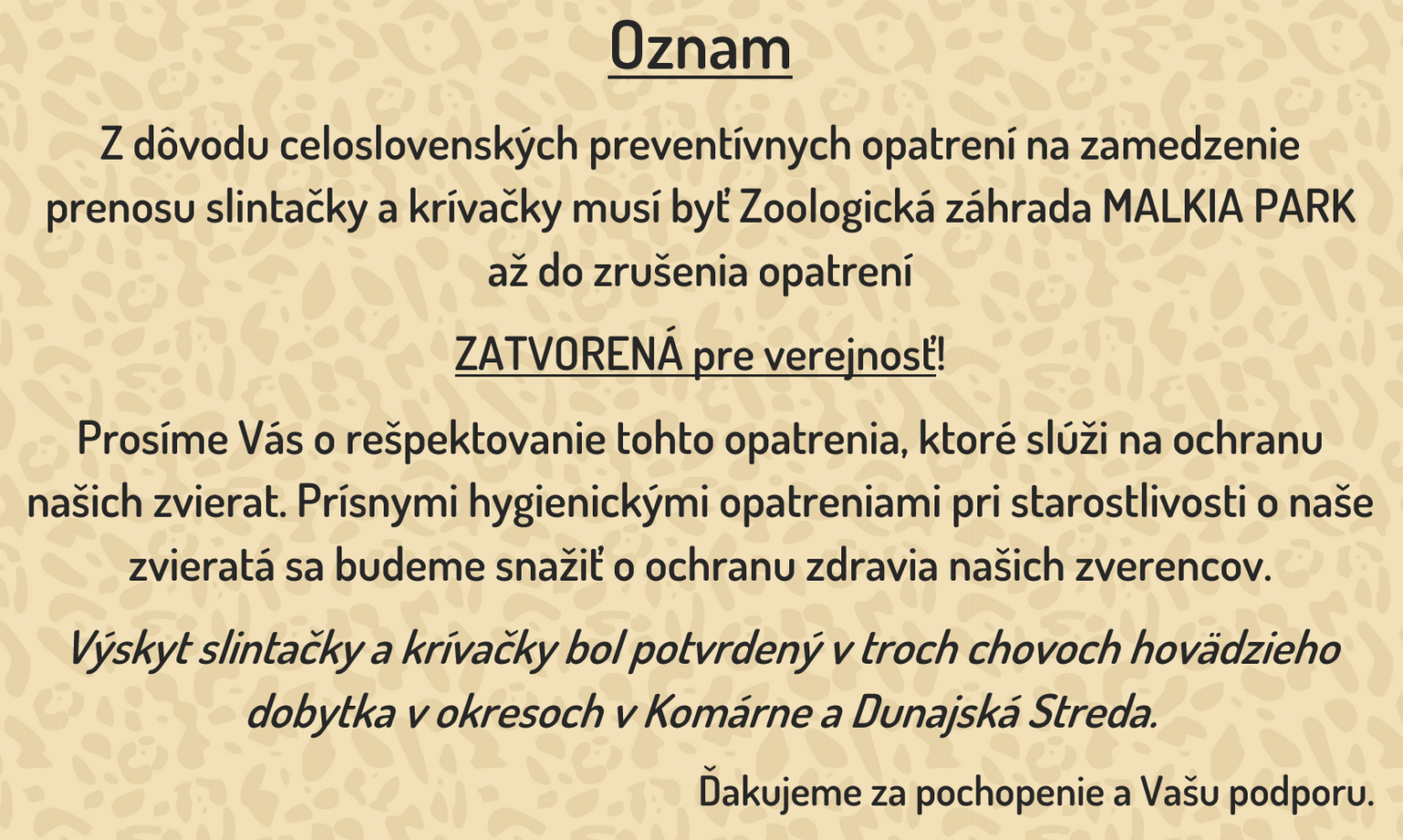It is a small to medium-sized tortoise. The dorsal, slightly arched, carapace is yellowish-brown to brown with a black pattern. The colour may fade with age. In both sexes, the characteristic horn “nail” at the end of the tail is present. Sexual dimorphism is slight. Females tend to be larger. In addition, the males have a slightly deepened abdominal carapace.
They live in meadows and forests where they can easily find shelter when the sun is too hot. In winter, they hibernate under piles of dead leaves. They are quite solitary. They breed seasonally, shortly after emerging from their winter resting place. The male chases the female. Males also try to mate with several females. Females usually appear passive towards males, and sometimes “takes few steps” during copulation, thus throwing the male off. After successful fertilisation over a period of time, the female digs a nest in the ground where she lays her eggs. Hatchlings emerge from late August to October, usually after rains in late summer. However, if the rains do not come or nesting takes place late in the year, the young may stay underground until the following spring. For the first few years of their lives, they usually stay close to the nest.
Nesting can last from a few minutes to several hours. Females that start nesting in the morning are at risk of overheating and death.
The largest Hermann’s tortoises were found in Bulgaria and the smallest in Greece and Catalonia.
In a dense population, many animals can bask together and often climb on each other in up to 3 layers.








